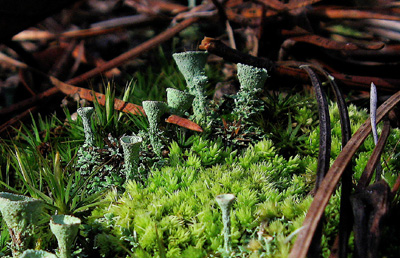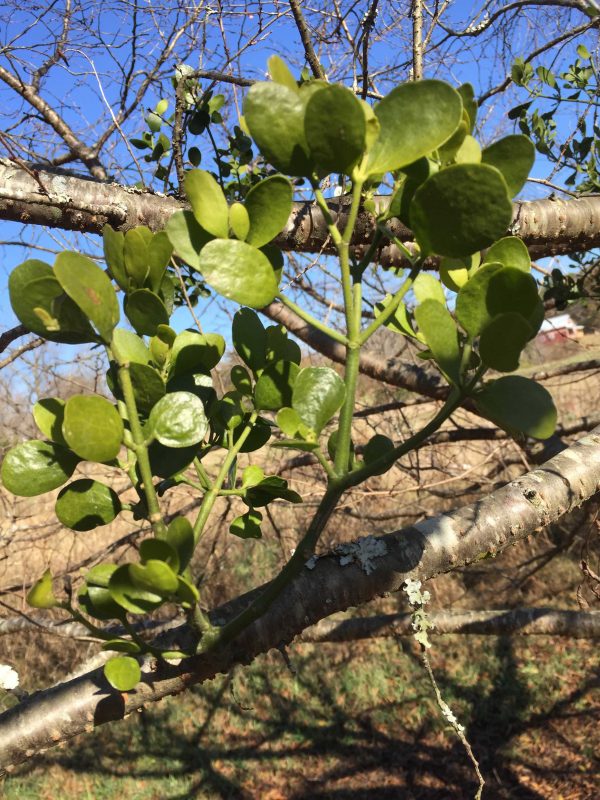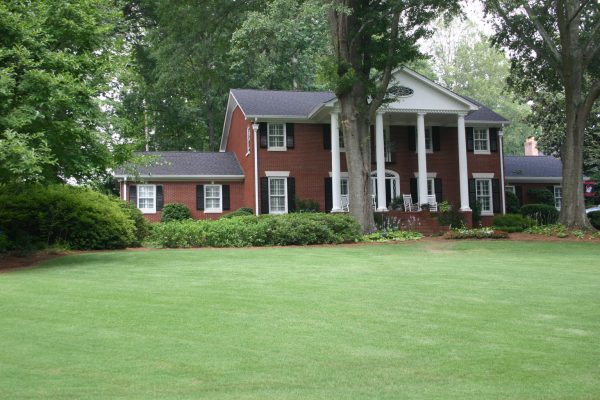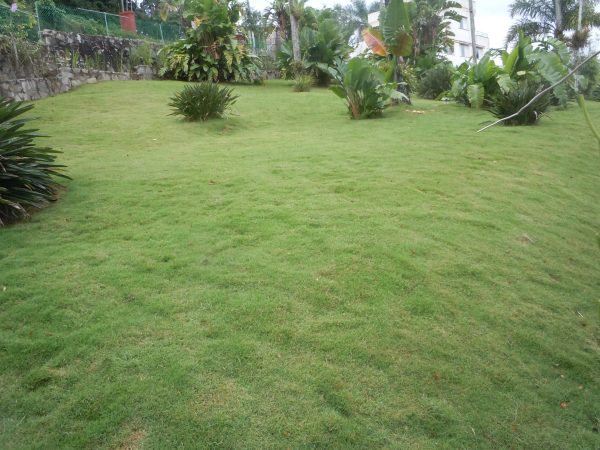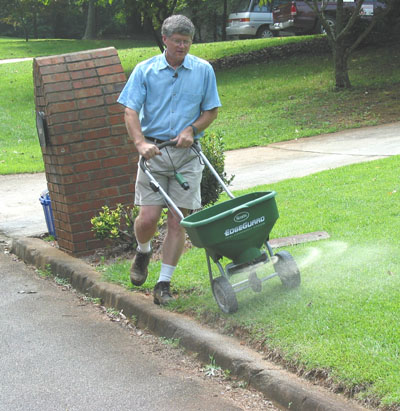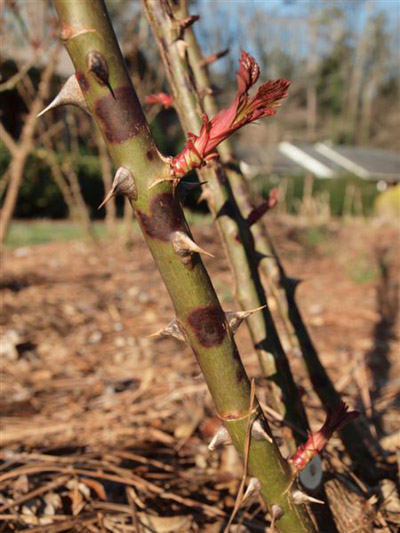Cold weather – Protecting Plants
(written in 2000)The predictions of the weather forecasters have proven true this winter season. It has been COLD!! After December, Atlanta gardeners have begun to appreciate the travails their neighbors from the North talk about each winter. We now see that the ground CAN be frozen for long periods and that touch football on Christmas day is an aberration, not the norm.
Seeing snow on the leaves and limbs of my shrubs and trees, I’m thankful I can be indoors when the weather is inclement. Outdoor plants, though, have to deal with the weather as it comes. If they have the genetic and physical wherewithal to tolerate cold, we enjoy them next summer. If not, they succumb and we find a suitable replacement.
SELECTING COLD SURVIVORS I like the look of tropical plants in my landscape, bananas in particular. I have gone through the process of digging my big plants each fall and storing them in my basement several times. Last year, I decided to look for bananas that would be hardy enough to leave outdoors. North Carolina’s Plant Delights Nursery (919-772-4794) listed two species, both of which are enjoying winter outdoors in Atlanta now. In the same catalog I also found a winter-hardy oleander, said to have survived -9 degrees Fahrenheit. The winter of 2000 – 2001 will tell the tale of these plants’ cold tolerance.
I am also doing a little genetic selection on my own. My radio listeners heard me declare during the summer that I was sick and tired of coddling the fescue in the shade of my back yard. I announced that I was throwing the advice of University of Georgia experts to the wind and planting St. Augustine grass under the trees. I was adamant; we’d had five days in the nineties and global warming was in the news at the time. Even though St. Augustine grass is not supposed to survive Atlanta winters, I’ve heard enough people describe their decades-old St. Augustine lawns to give me hope I could succeed.
A friend in Candler Park has such a long-lived lawn and she gave me the opportunity of edging her walkway and steps, where the hardy St. Augustine was encroaching. I planted the sprigs I dug among my clumps of faltering fescue. My rationale is that if her lawn has thrived for many years, the grass must have self-selected the hardiest crowns of grass. Again, ask me next summer about this experiment. The proof will be in the pudding!!
PROTECTING WHAT YOU HAVE Most of our woody plants can endure severe cold without problems. The cold so far this winter will actually be less stressful on them because it has stayed cold most of the time. The ususal roller-coaster winter temperatures have not materialized, so plants have not been tempted to come out of dormancy. If we were this month to have ten days of temperatures in the fifties, followed by an Arctic blast carrying fifteen degree chill, damage could be severe. If that happens, make plans to protect your marginal plants.
In other winters I’ve seen bushes wrapped like lollipops with white sheets and I have seen quilts flung over shrubs with abandon. Neither practice is worth much, other than making the gardener feel better psychologically. The plant certainly won’t benefit from a pink chenille bedspread resting loosely on its branches.
The best way to protect plants is to capture the scant heat of the earth under an impermeable cover. Most folks use plastic but a big cardboard box might suffice. I use black (not clear) plastic to cover my shrubs when cold emergencies loom. Clear plastic creates a “greenhouse effect” under it whenever the sun shines – even on a frigid day. It has to be removed if the day promises to be bright. Black, on the other hand, reflects sunlight. Air temperature under a black cover seldom rise more than a few degrees. I can leave it in place for several days without harm. Whichever cover you use, remember to anchor the edges firmly to the ground. I use firewood but earth, bricks or rocks could be used just as well.
This winter will be one for the record books. I’m mighty thankful I have feet rather than roots when it is cold outside!



